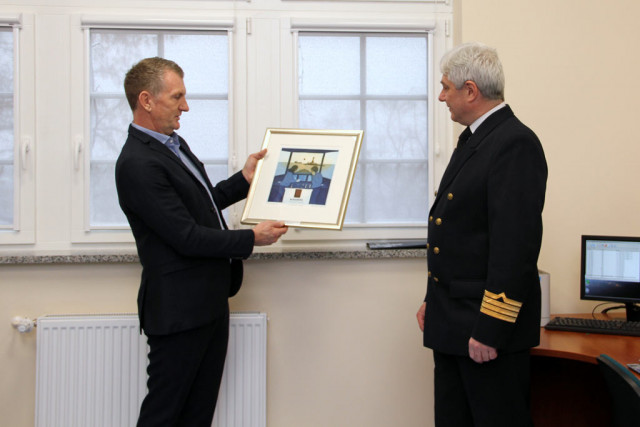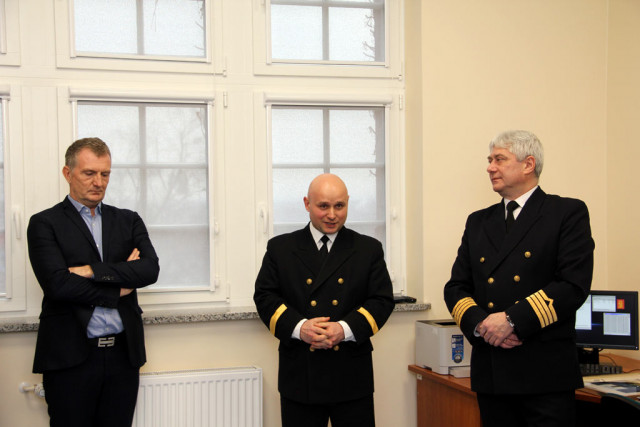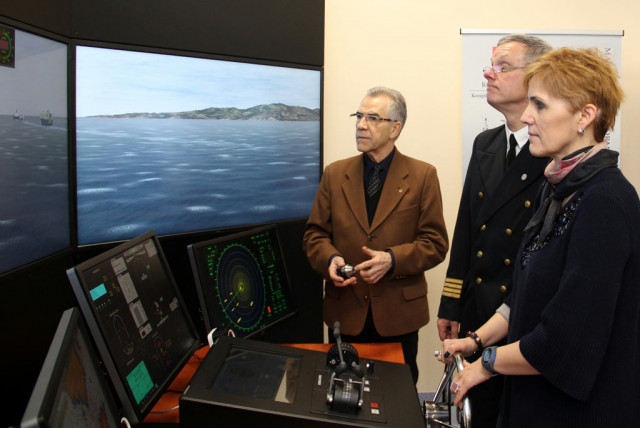The Institute of Marine Traffic Engineering of the Maritime University of Szczecin has acquired a new simulator. Polaris 7.5 - the latest equipment of Kongsberg - enables professional navigation and radar trainings for both navigation students and navigators who want to improve their qualifications. It is the most modern navigation simulator of this type in Poland.

During the opening ceremony held on 9th February 2017 at the Maritime University of Szczecin, the invited guests were introduced to the possibilities of this modern simulator. Apart from the authorities and employees of the Faculty of Navigation of MUS as well as representatives of Kongsberg, the equipment producer, there were also representatives of companies involved in maritime industry and journalists, who enjoyed the possibility of checking their ship steering skills.
The Polaris 7.5 simulator consists of an instructor’s console and four navigation bridges, which are accurate representations of a real navigation bridge on a ship. Simulations may be carried out on 15 models of water areas (including e.g. the Danish Straits, the Strait of Gibraltar, the ports in Hamburg, Szczecin-Świnoujście, the Suez Canal), 20 models of ships - diversified as regards the type and size. In addition, there are 30 models of objects enriching the variety of the vision system (yachts, ferries, ships of various size and purpose).
The modern equipment also enables simulation of weather conditions (from fog, through rainfall, up to storms and thunderstorms), towing and mooring as well as rescue operations. Each of the four bridges has a 120-degree vision system and enables omnidirectional observation of the simulated vessel. What’s important - students training on the bridges may communicate with each other because the simulator enables communication between ships.
- Training on the simulator enables integration and practical application of the skills gained by students during their early years of education. Here, students have at their disposal a complete set of navigation tools which they will encounter during their apprenticeship on ships - says Wiesław Juszkiewicz, PhD, Eng., Deputy Director of the Institute of Marine Traffic Engineering of MUS, the host of the meeting commencing the work of the Polaris simulator.
The software of this device is the effect of complex work of technicians from Kongsberg. The highest quality of graphics and very accurate representation of situations which may occur in reality make trainings on this simulator an enormous value for future navigators.
It is worth mentioning that the new simulator not only provides new training possibilities, but also enriches the research facilities of the university.





